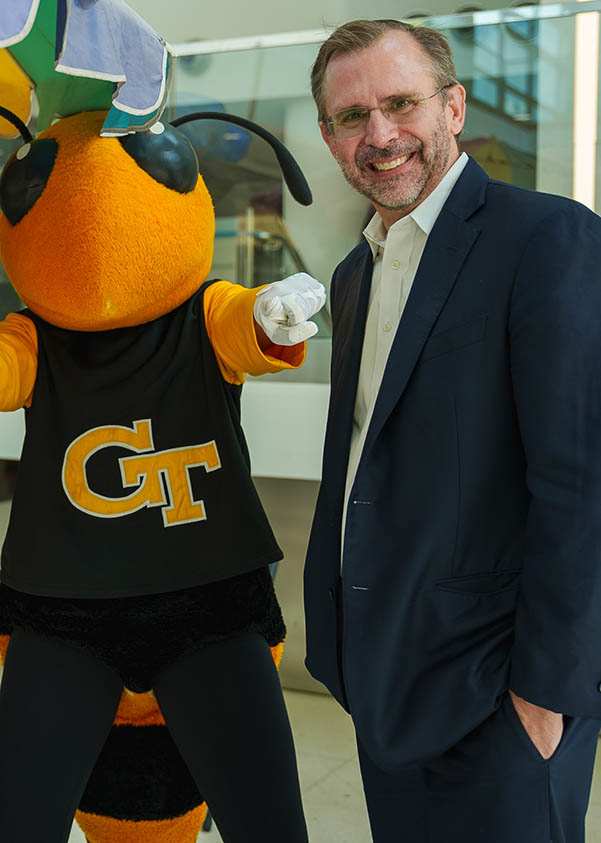
Academics and Research

Academics and Research Menu
A Place for Every Business Mind
Academics and research are the cornerstones of a business school. Here, we take a collaborative approach. Our prestigious faculty center their research and teaching around forward-thinking innovation and problem-solving, tackling some of the biggest challenges in today's business world.
Academic Areas
Discover our eight areas of focus for academics, research, and curriculum.
Humans of Scheller

Jonathan Clarke
Faculty
Read More

Marco Ceccagnoli
Faculty
Read More

Manpreet Hora
Faculty
Read More
Swipe for More
